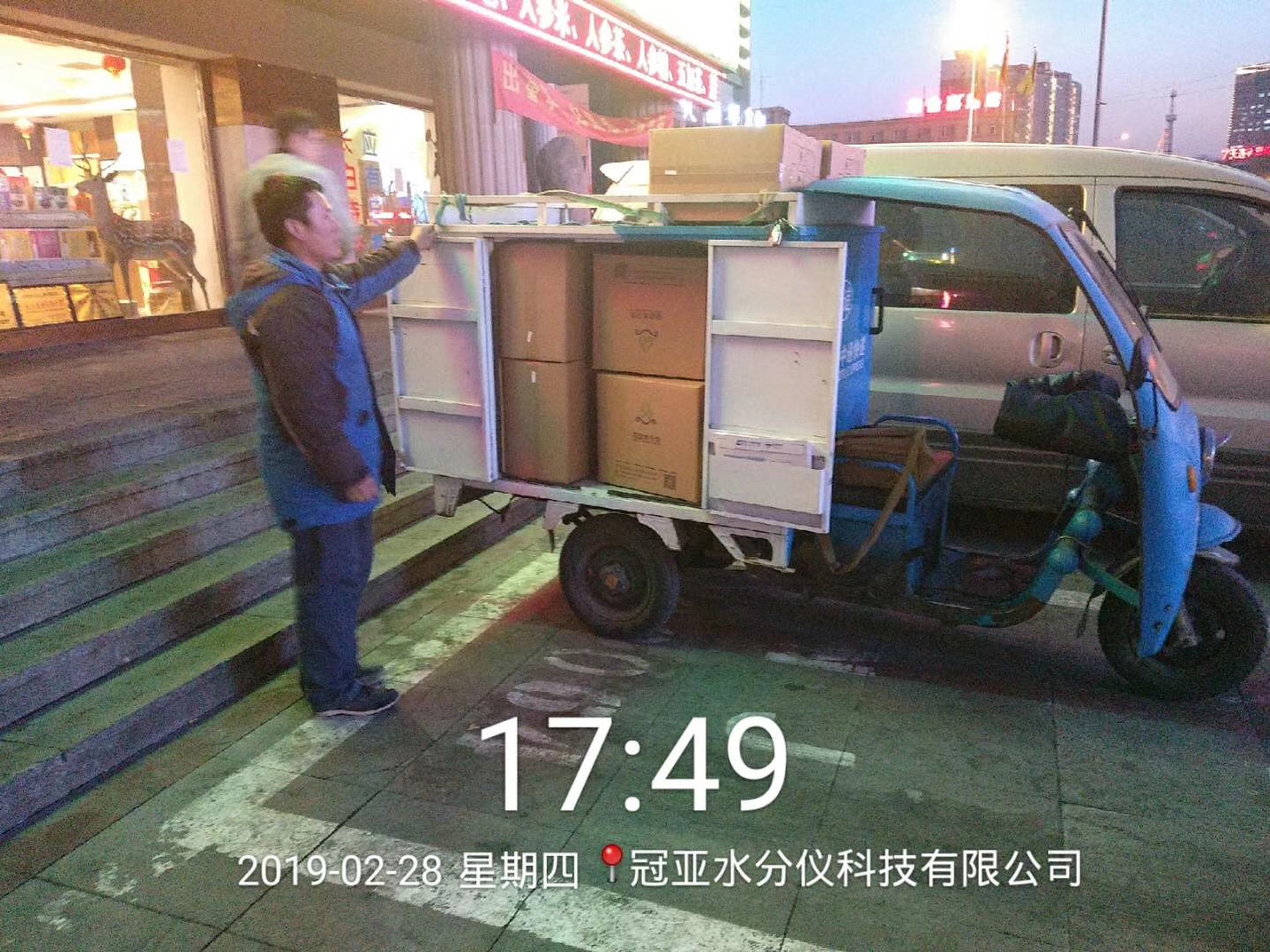How to use pharmaceutical powder rapid moisture analyzer
The W L series rapid medical moisture analyzer produced by Shenzhen Guanya Moisture Meter Technology Co., Ltd. can quickly determine the moisture content of various samples such as pharmaceutical granules , powders , capsules and pills . In the field of moisture detection, between measurement accuracy and measurement speed The contradiction has not been resolved; for this situation, Shenzhen Guanya Moisture Meter Technology Co., Ltd. provides a fast meat moisture measuring instrument with a drying structure. Guanya brand W Series LCD Moisture Analyzer is my company developed the production of high-tech products, the State Intellectual Property No. 2005301013706 moisture meter moisture meter computer software copyright registration number: 2017SR573542; meet the national standard method of testing standards. Guanya WL series rapid medical moisture analyzer simplifies the operation steps of moisture determination, eliminates the influence of human, environment and humidity, shortens the detection time period, and the whole operation time is simple and fast . It is a new type of instrument for rapid moisture determination. 1. Installation: Open the equipment box and take out the equipment . After putting the parts into the box , start the self-test; 2, calibration: put the code , press the " calibration " button, automatically calibrate ; 3. Sampling : The sample to be tested is placed on the sample tray, and the “ test †button light is pressed to start working ; 4. Test: When the instrument is heated , the moisture window is displaying the lost water value , and the measurement ends the alarm to visually display the moisture value. 5. End: After recording the data, press the “Clear†button to place the cleaned sample tray into the instrument to continue the measurement of the next sample . Precautions: 1. Storage environment: 1 Before the storage, the external cleaning, power supply and weighing calibration of each component of the instrument shall be carried out . It is strictly forbidden for non-professionals to disassemble the instrument ; 2 For long-term deactivation, the temperature adjustment door on the right side of the instrument should be closed, the parts should be placed and then packed, and stored in a dry and non-corrosive atmosphere. 2 , the installation environment: 1 The instrument must not be installed in a place with corrosive gas and room temperature below 5 degrees or above 40 degrees , because corrosive gases in the room will partially corrode the instrument circuit, resulting in a direct shortening of the instrument life . ② instrument shall not be installed in sunlight and high humidity place, to avoid distortion of the instrument and so on. 3 Do not install in a place where the power supply is unstable, and it is easy to shorten the service life of the heating light source. Food additives refer to chemical synthetic or natural substances added to food for the purpose of improving food quality, color, aroma and taste, as well as for the needs of anti-corrosion and processing technology. Generally, food additives may not be food and may not have nutritional value, but they must conform to the concept of the above definition, that is, do not affect the nutritional value of food, and have the function of preventing food spoilage, enhancing food sensory properties or improving food quality. buy food Additive ,wholesale food Additive,food Additive for sale,food additive benefits Shaanxi YXchuang Biotechnology Co., Ltd , https://www.peptidenootropics.com How to use the pharmaceutical powder rapid moisture analyzer :

Generally speaking, food additives can be divided into natural and synthetic categories according to their source. Natural food additives refer to natural substances extracted from the metabolites of animals, plants or microorganisms as raw materials. Chemically synthesized food additives refer to substances obtained by chemical means through oxidation, reduction, condensation, polymerization, salt formation and other synthetic reactions of elements or compounds. Most of the chemicals used today are synthetic food additives.
According to the use, the classification of food additives in various countries is almost the same, the difference is mainly the difference in the classification of how much. The United States divides food additives into 16 categories, Japan into 30 categories, China's "Health Standards for the Use of Food Additives" divides them into 22 categories: Antioxidant preservatives (1) (2) (3) (4) bleach hair color agent (5) concreting citric acid (6) (7) loose agent (8) thickening agent defoaming agent (9) (10) sweetener (11) colorants emulsifier (12) (13) improver (14) anticaking agent (15) flavor enhancer (16) (17) of enzyme preparation was preparing foaming agent (18) (19) preservatives (20) spices (21) nutritional fortifier (22) other additives.
